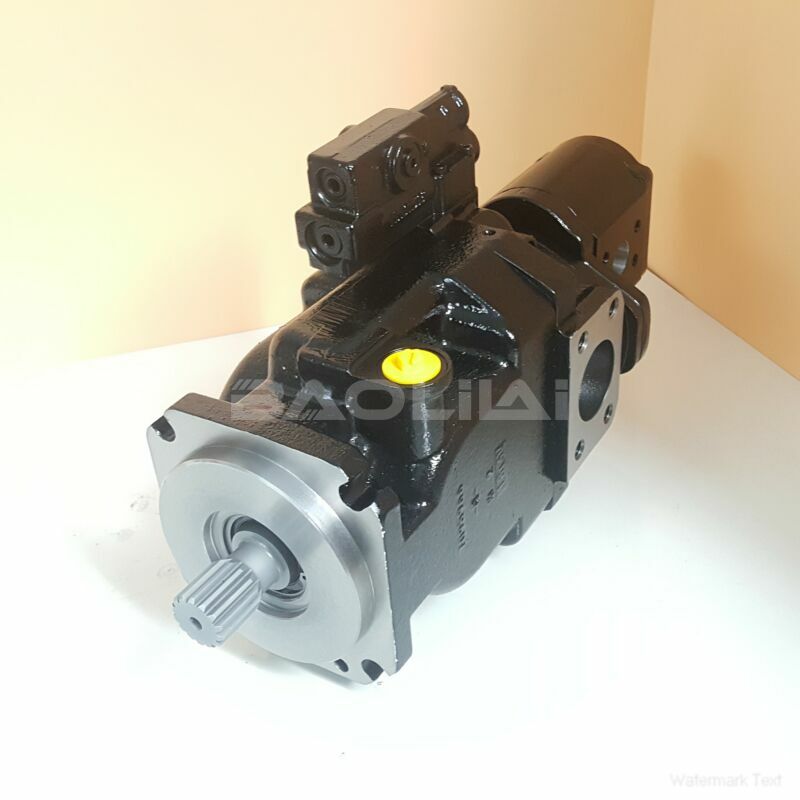FRR074BLS2520NNN3S1B2A1NNNNNNNNNN axial piston pump
FRR074BLS2520NNN3S1B2A1NNNNNNNNNN axial piston pump

- Product Details
- Applicable Scene
Gas turbines are a critical component of many power plants, known for their efficiency and ability to generate electricity quickly. However, the operation of these turbines generates significant heat, which needs to be effectively managed to prevent overheating and maintain optimal performance. One of the key technologies utilized to achieve this cooling is the high-pressure pump. This article explores the essential role that high-pressure pumps play in cooling gas turbines and ensuring the reliability and efficiency of power plants.
FR-R-074B-LS-25-20-NN-N-3-S1B2-A1N-NNN-NNN-NNN
FRR074BLS2520NNN3S1B2A1NNNNNNNNNN
At the heart of gas turbine operation is the combustion process, where air and fuel are mixed and ignited to produce high-temperature gases. This reaction occurs within the combustion chamber and can elevate temperatures to over 1,500 degrees Celsius. If not appropriately managed, these extreme temperatures can lead to thermal stress, component degradation, and ultimately, a significant reduction in turbine lifespan. High-pressure cooling systems are therefore crucial for maintaining the integrity of the turbine components.

83032328
High-pressure pumps are designed to move coolant—usually water or specialized fluids—through the turbine and surrounding systems at elevated pressures. This is critical for several reasons. First, the high pressure ensures that the coolant can effectively absorb heat from the turbine components. The coolant circulates through the turbine, drawing away excess heat and preventing the temperature from reaching damaging levels. By maintaining an optimal temperature range, these pumps help extend the life of critical components such as blades and bearings.
Moreover, efficient cooling helps enhance the overall efficiency of the gas turbine. When the components operate at optimal temperatures, the turbine can maintain its efficiency in converting fuel into electrical energy. This reduces fuel consumption and emissions, aligning with the growing demand for sustainable energy solutions in the power industry. As energy regulations become stricter globally, the role of high-pressure pumps in cooling systems is increasingly vital for compliance with these standards.





